These past few years have been witnessing a stark increase in SUV sales globally. SUV stands for Sports-Utility Vehicles and they are available in a wide variety. In short, the SUVs covers almost all types of usages, ranging from small units not bigger than subcompact cars to the big-heavy duty models based on pick-up truck structural foundations. Midsized SUVs typically end-up providing the best balance in terms of space, engine power, cabin luxuries and fuel economy. However, the smaller SUVs are typically less expensive to maintain but they compromise on engine power and space. On the other hand, the larger models offer more space, power and performance. But they deliver poor mileage, are less manoeuvrable and have a significantly higher overall ownership cost.
The SUVs have more to offer in terms of space, engine performance and due to high demand, the recent years have bolstered their overall aesthetics and quality. So, it is no wonder that SUVs are being preferred in our country as well. Here are five things you should know before you buy SUV.
1: SUV Categories
Due to the fact that Pakistan’s automobile industry has been on the receiving end of lacklustre sales for quite a few years, the less-than-adequate sales results, lack of proper amendments and implementations in the auto-policy of the country have led to a very few vehicles being offered in Pakistan. This is why, apart from Toyota Fortuner, almost all of the SUVs currently seen on the roads of country are CBU’s, which leads to imposition of a plethora of taxes on them.
However, the revision on import taxes to accommodate Hybrid technology has helped a lot in making these small SUVs available to the general public. According to my knowledge, in 2013 it was proposed that owners having CNG vehicles will be facilitated to import hybrid cars of up to 1800cc without paying any duty, however, duty would be imposed if imported hybrid cars have engines larger than 1800cc, in order to discourage the use of CNG vehicles. The budget in 2013 shaped the import duties, as follows:
- Electric/Hybrid vehicles up to 1200cc: NO DUTY, NO SALES TAX
- Electric/Hybrid vehicles from 1201cc to 1800cc: Reduced by 50%
- Electric/Hybrid vehicles from 1801 to 2500cc: Reduced by 25%
- Above 2501cc: Zero reduction
There were rumors that duties will be further reduced but government kept the import duty tariff unchanged for this fiscal year as well.
For ease of understanding, we may divide SUVs in 3 categories:
- Small SUVs up to 1800cc engine capacity
- Medium SUV from 1800cc to 4000cc engine capacity
- Large SUVs of over 4000cc engine capacity
2: Price Brackets
This is where, I believe, the smaller SUVs have been able to penetrate sedan market by offering more for less. SUVs generally offer high driving positions and are more practical. SUVs are broken down into two categories – based on their structural design- crossovers and conventional. In a nutshell, crossovers are small and offer improved handling as compared to their bigger counterparts. Whereas, conventional SUVs are built on pick-up truck platform, are more tough and sturdy. They are difficult to manoeuvre in congested cities and offer more power and towing capabilities.
In the local context, the most economical SUV in terms of price is Nissan Juke and Toyota Rush, with prices starting from PKR 1.8 million for both, all the way to expensive SUVs’ (Range Rover Vogue etc) with prices starting from PKR 35 million. I took the liberty of listing down some of the most famous SUVs available in Pakistan (In no particular order)
- Honda Cross Road 1.8L
- Toyota Rush
- Daihatsu Terios
- Nissan Juke
- Honda Vezel
- Audi Q Series
- Honda CR-V
- Toyota Prado
- BMW X Series
- Toyota Fortuner
- Nissan X-Trail
- Porsche Cayenne
- Porsche Macan
- Range Rover Vogue Supercharged 5.0 V8
- Range Rover Sport HST
- Range Rover Evoque
- Land Cruiser
- Mitsubishi Pajero
3: Fuel Consumption
Generally speaking, there are two sides to this picture. One and the bigger side is the SUVs with Internal Combustion Engines and the second part of the picture is composed of Hybrids. SUVs are heavy and less aerodynamic than regular cars. So, buying an SUV with internal combustion engine means that you will be spending more at the petrol stations. Whether you opt for a 3-cylinder, 4-cylinder, 6-cylinder or 8-cylinder SUV, be prepared for considerable fuel economy than you expect from a car. However, as I mentioned before, the recent years have initiated a wave of introducing intelligent solutions in the transport systems, and as a result, hybrid technology has been introduced in the SUVs as well. However, there is a price to pay for increased fuel mileage. The hybrid SUVs, are not what you call performance machines. It is possible to buy these hybrid SUVs but sadly, most of them feature a part-time 4WD (AWD) or they are two-wheel-drive.
4: 2WD vs AWD vs 4WD
Think of these drive options as easy, medium and hard. If you typically drive around in urban areas, then your answer is 2WD. The AWD is a full-time drive system, as the crossovers which feature them have low ride heights and no low-range gears; this means no hard-core off-roading on rough terrains. And finally, you have the 4WD, majority of the vehicles featuring them are purpose built for off-roading. Then there is the maintenance cost. Maintaining a 4WD is expensive. Lastly, if you have visions of off-road exploration when the pavement ends, four-wheel drive is a must. Otherwise, two-wheel drive will save you petrol/diesel and be easier to maintain. Allow me to explain 4WD and AWD briefly:
- 4WD – is a part-time system. When engaged 100%, the vehicle’ torque is sent to the transfer case, which then distributes the power 50/50 between the front and rear diffs. All the four wheels get an even 25% share of the power, but only if they are on the ground. It is also highly advised to not use 4WD systems on paved roads or highways, as it will bind the drivetrain, which usually results in the breaking of something vital to the vehicle e.g. an axle, diff or the drivetrain.
- AWD – is a full-time system made for driving on roads. In essence, this system is designed to assist vehicles turning corners on wet and gravel roads, by sending 25% power to each wheel. At a road speed of 25 KMPH or higher, this system works brilliantly. However, on lower speeds and un-even terrains, soft sands, muds or anything proper off-road; this system fails to perform. This lack of performance is primarily associated with the fact that there is no low-range gearing and no options to lock the centre differential. Add the automatic CPU traction and brake assist on top of this development and you get a vehicle, which requires minimal input from the driver to control its behavior. Many of you might have heard about the Jarring Effect in All-Wheel Drive Systems. In a nutshell, this effect occurs when an AWD vehicle is driven on sand, the automatic traction control kicks in and will force spinning wheels (even if a slight spin) to jar on and off, much like the ABS when braking hard. When the AWD system creates this jarring effect on the wheels, it actually causes the vehicle to get bogged. In other words, the AWD system will dig for traction; not a good idea on the sand.
5: Safety Considerations
And finally, on our list are the safety considerations. Since, SUVs are higher than average cars, they have a higher center of gravity, which makes them susceptible to roll-over accidents. Greater weights mean longer stopping distances. Most SUVs come with a variety of safety features such as airbags and anti-lock brakes, and many offer additional safety options such as rear-view cameras, lane departure, blind spot warning systems and crumple zones to provide maximum security to the passengers in case of an accident. Due to the increasing popularity of these vehicles, which is attributed to their ability to deliver more; the local automobile industry has initiated the initial phases for the much-needed localization of SUVs, which spells good things for the economic conditions of the country and the consumers, as this step will contribute in decreasing the price tags of SUV’s and their maintenance.


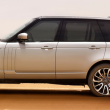

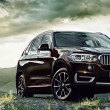
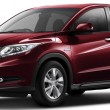
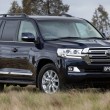

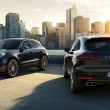

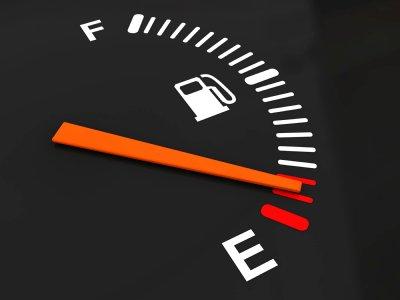
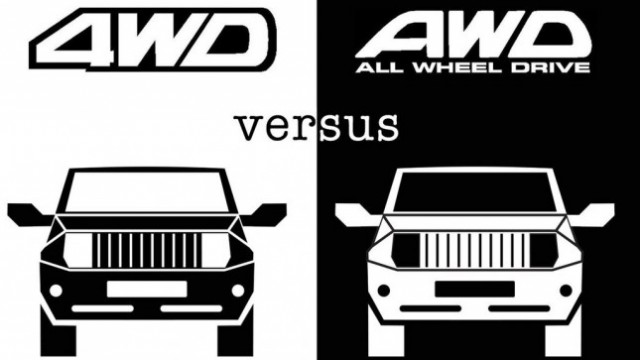
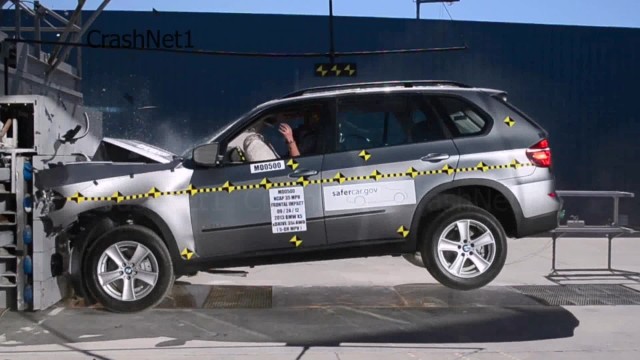
Informative.